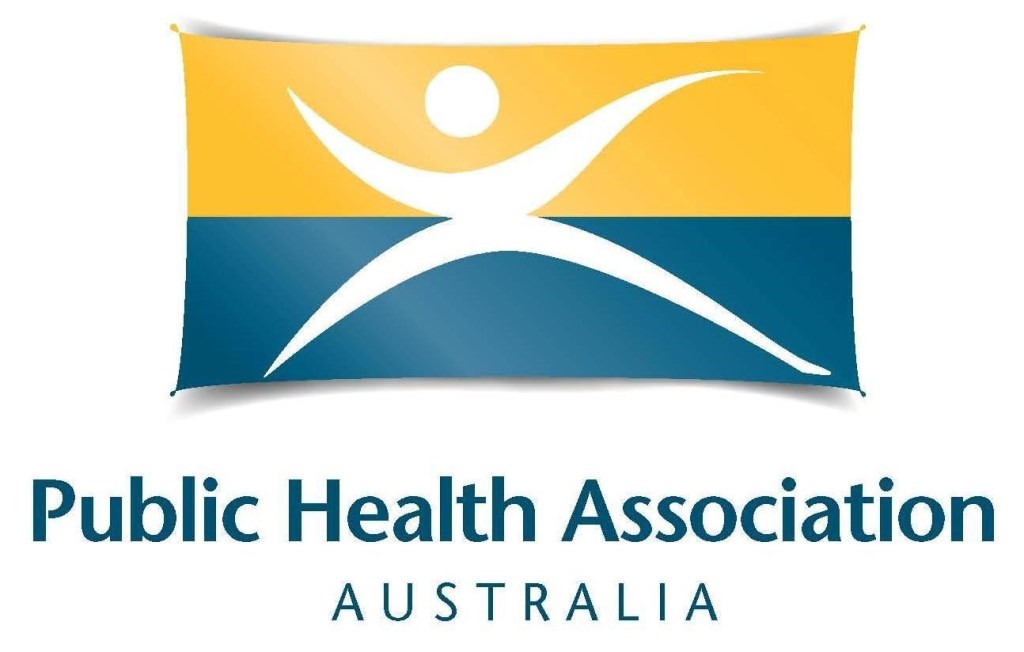Dr Belinda Townsend, Dr Katherine Cullerton, Professor Sharon Friel, Tim Johnson, Dr Rob Ralston, Professor Jeff Collin, Liz Arnanz, Rodney Holmes, Jane Martin, and Professor Fran Baum
Industry uses a wide range of strategies to promote their products and influence government regulation, including lobbying and political donations, funding research, co-opting health professionals and policymakers, and undermining legitimate science. These tactics are well-established in the existing public health scholarship.
Less is known about how public health actors can counter industry power and influence.
Non-governmental organisations (NGOs) are one understudied group who comprise much of civil society and play important roles in holding government and industry to account. To identify how NGOs across different industry sectors attempt to influence the commercial determinants of health, we comprehensively reviewed existing academic studies on the topic.
The review included 144 studies involving NGO engagement across extractive (i.e. resource extraction), tobacco, food, alcohol, pharmaceuticals, weapons, textiles and asbestos sectors, as well as a small number of general studies.
This is not representative of all NGO action in all industry sectors, but does provide a range of strategies used by NGOs to counter industry influence across a number of domains.
A framework of NGO inside and outside strategies
To conceptualise the range of strategies used by NGOs, we categorise them as either ‘inside’ or ‘outside’ tactics, drawing on a framework from policy studies.
‘Inside’ strategies involve direct contact with the target, such as holding private meetings with industry or responding to government consultations.
In contrast, ‘outside’ strategies aim to generate public attention to the target and increase public and political salience of the issue, such as through public campaigns or public protests.
Applying this typology, we identified 18 types of NGO strategies used across commercial determinant of health sectors.

Inside strategies targeting commercial actors
From our review, we identified five ‘inside’ strategies used by NGOs to target commercial actors directly: partnerships and multistakeholder platforms, holding private meetings and roundtables, engaging with company shareholders, collaborations other than formalised partnerships, and NGO litigation against commercial actors.
In several studies, engaging in partnerships were reported to be an incremental strategy by NGOs as part of a longer-term campaign for greater regulation of industry practices, although some studies found that these partnerships enabled corporate actors to have greater influence on policymaking.
Outside strategies targeting commercial actors
The most common NGO ‘outside’ strategy targeting commercial actors identified in the studies was NGO monitoring and reporting on practices harmful to health. NGO monitoring included the development of counter narratives to challenge industry claims and provide alternative evidence on impacts to health. Other ‘outside’ strategies included holding protests, using boycotts, directly engaging with the public to influence commercial actors, and creative use of alternative spaces.
Inside strategies targeting government actors
The most prevalent NGO ‘inside’ strategy targeting government and/or intergovernmental actors across the studies was lobbying of policymakers. This occurred through formal policy processes such as submissions, and informal processes such as through corridor conversations with policymakers.
NGOs were also involved in drafting legislation, policies, and standards for government actors. In India, for example, NGOs drafted a Code of Conduct at the subnational level on engagement between tobacco industry and government officials. NGOs have also provided technical support and training, particularly in tobacco control in low-income countries. In Turkey, for example, NGOs have run workshops for government officials to counter tobacco industry interference in the development of tobacco control legislation.
NGOs have also targeted government and/or intergovernmental actors directly through litigation. In Indonesia, for example, NGOs successfully litigated in the Supreme Court for public disclosure of mining licenses.
Outside strategies targeting government actors
In contrast to ‘inside’ strategies targeting government, the most common NGO ‘outside’ strategy targeting government was the use of protests and public campaigns calling for greater government intervention and regulation. NGO protests included occupying government sites, parliament, and disrupting global negotiations.
Monitoring and reporting was a second key strategy. Unlike monitoring industry actors, as outlined above, this tactic focused exclusively on government. An example is NGOs monitoring government compliance with the Framework Convention on Tobacco Control (FCTC) and International Code on Breastmilk Substitutes.
NGOs also strategically shifted debate from one policy forum to another in an attempt to obtain favourable reception and influence. This strategy of forum shifting occurred in studies explored NGOs forum shifting vertically, from the national to regional and global level. Three studies, for example, explored NGOs forum shifting to the FCTC Conference of Parties to shame high- and low-income country governments for lack of FCTC tobacco control compliance.
Finally, we documented NGOs proposing and initiating alternative solutions for economic development as an ‘outside’ strategy targeting government. Through this strategy, NGOs publicly proposed alternative solutions to harmful commercial practices to government as a strategy to convince the public of alternative sources of revenue to commercial practices.
Lessons
Most of the studies in our review identified more than one strategy used by NGOs, yet few studies explicitly noted what combinations of ‘inside’ and ‘outside’ approaches were used and why. Further, the studies didn’t identify the relative effectiveness or appropriateness of strategies – this is a gap for future research.
This identification of 18 strategies commonly used by NGOs in the commercial determinants of health provides a suite of tactics that can be used to influence commercial actors, depending on their appropriateness and effective prevention of conflict of interest.
A version of this blog was originally published with Croakey health media. This blog was edited by the lead author and PHAA staff for Intouch.


Leave a Reply